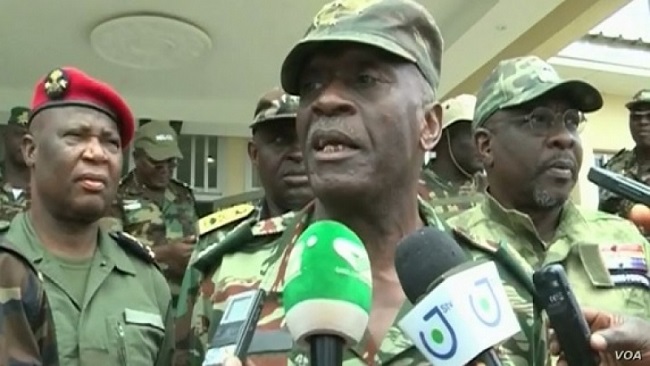7, July 2016
Nigeria receives additional Sentinels 0
Nautic Africa recently delivered two Sentinel vessels to a Nigerian customer, which has received a number of other vessels from Nautic. The 35 metre vessels, Aquashield I and Aquashield II, were launched during a ceremony in Cape Town on 24 May and delivered on 16 June, Nautic Africa told defenceWeb. They will be used in the oil and gas industry in the Gulf of Guinea, with their main tasks being security and patrol, crew supply and logistics.
“MRVs [multi-role vessels] have become an essential component in the maritime security operations of African countries requiring vessels capable of performing diverse operations – from patrolling and crew transfer duties to combating oil spills, fire-fighting and dealing with security threats,” commented Nautic CEO James Fisher at the launch. The aluminium vessels are powered by three Caterpillar engines, giving a top speed of 28 knots. They are equipped to sleep 18 people, with seating for 16, and can carry up to 30 tons of cargo on the aft deck. For security missions, they have ballistically protected firing positions and a ballistically protected wheelhouse.
Nautic said the build project also helped forge a strong relationship with Access Bank, the financing institution for the vessels. Roberto Imowo of Access Bank emphasised this at the launch where he spoke about opportunities for future projects. Nautic has sold a number of Sentinels to customers in Africa and the type has done well in West Africa with oil and gas support companies. Nautic Africa concluded a R600 million deal in mid-2013 to build seven of the 35 metre multi-role patrol vessels for West African clients. The first of class, MV Sir Emeka Offor, was launched in August 2014. Another two Sentinels, Augustina II and Princess Ebikenie, were launched in Cape Town in August 2015.
Defenseweb



























7, July 2016
Russian military tech chief says robots will determine outcome of future wars 0
Robots will replace conventional soldiers on the battlefield in the future, says the Russian military’s tech chief. “I see a greater robotization [of war], in fact, future warfare will involve operators and machines, not soldiers shooting at each other on the battlefield,” RT quoted Lieutenant General Andrey Grigoriev, the head of Russia’s Advanced Research Foundation (ARF), as saying on Wednesday.
Noting that days of conventional warfare are almost numbered, he stressed that the outcome of future wars would be determined by “powerful robot units fighting on land, in the air, at sea as well as underwater and in outer space.”
“They would be integrated into large comprehensive reconnaissance-strike systems,” said Grigoriev, adding, “The soldier would gradually turn into an operator and be removed from the battlefield.”
Last year, Grigoriev announced that Russian scientists had designed a robot “resembling a human in appearance” to operate in hostile environments. He added that the cyborg will be capable of running, jumping and even riding a motor cycle. Russia’s United Instrument Manufacturing Corporation (UIMC) also announced last year that it had developed the Unicum software package, which is capable of controlling up to 10 military robotic systems.
The package is capable of defining roles for the robots, allowing for a commander unit to distribute combat missions for each individual device. In March 2016, Russia sent a squad of bomb disposal robots and experts to Syria to help with the defusing of explosive devices left by Daesh in the recently recaptured city of Palmyra.
Presstv